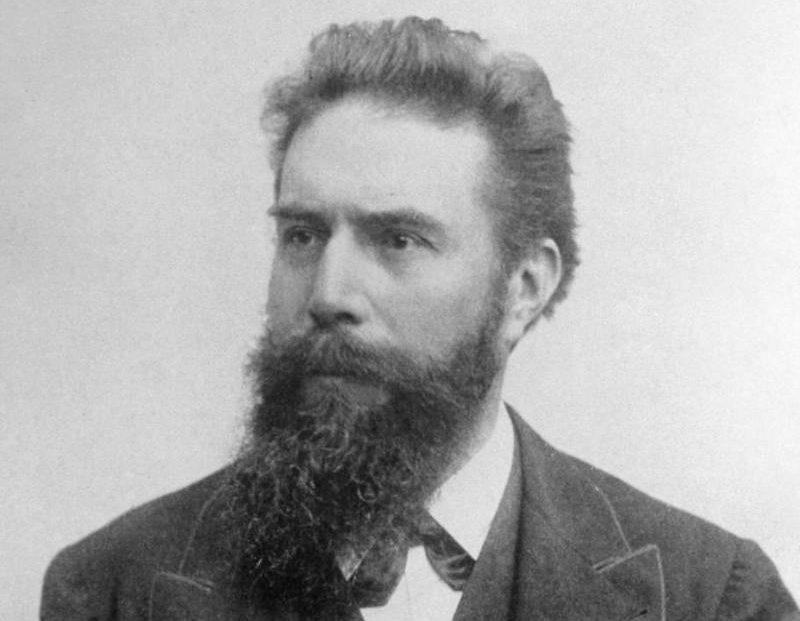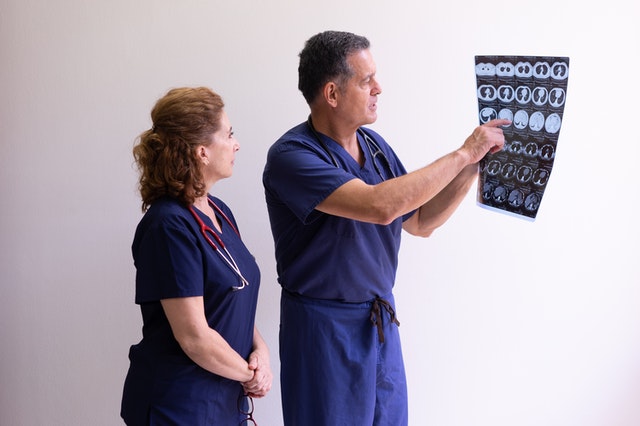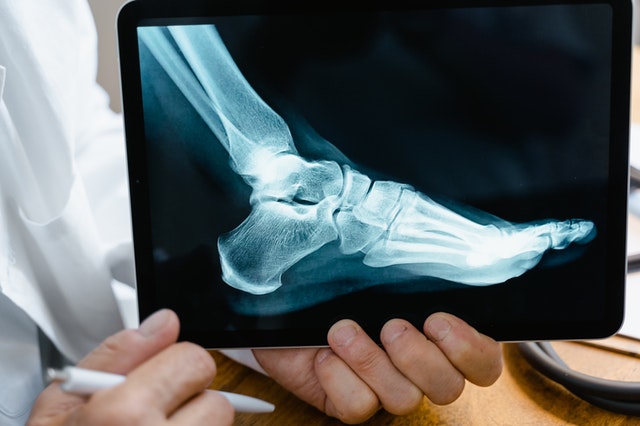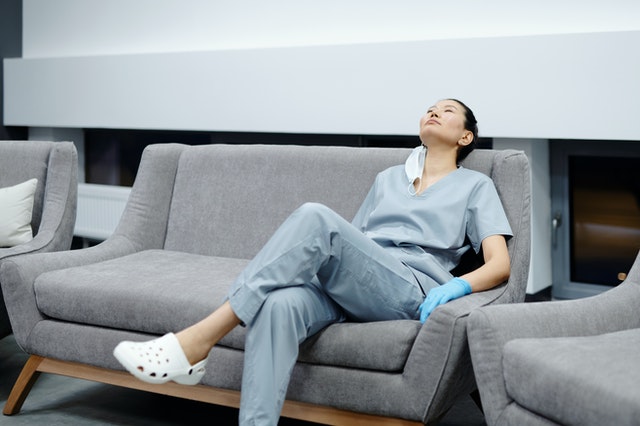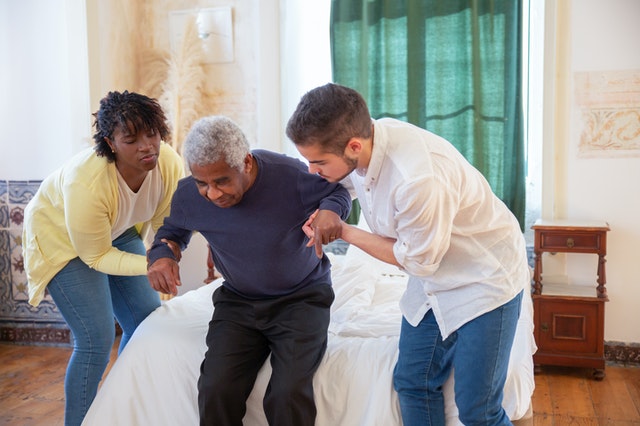Pillars in Radiology History, Past, and Present
Radiology is a phenomenal tool. Medical teams depend on it to guide diagnosis and treatments. As a product of the early twentieth century, it is hard to imagine how medicine functioned without it. Today, our world is a much better place thanks to the people who discovered and developed the powers of radiology.
The father of radiology is Wilhelm Roentgen. Beginning with an interest in cathode rays in October of 1895, he is credited with having detected electromagnetic radiation in a specific type of wavelength on November 8, 1895. From that point, Roentgen submitted his first publication titled “On a New Kind of Rays” on December 28, 1895. When Roentgen was asked what he thought when he made his discovery, he responded, “I didn’t think, I investigated.” Encouraged to name his discovery Roentgen Rays, he chose the letter “X” to name the rays due to their mysterious and unknown nature. The famed X-ray picture of his wife’s hand shows her bones and wedding ring, clearly indicating the rays would not penetrate bone or metal. Few discoveries have gained notoriety as quickly as Roentgen’s did. Within a year, X-rays had changed the fields of physics and medicine exponentially. It earned him the inaugural Nobel Prize in Physics in 1901and opened doors for Roentgen personally and professionally, some of which he appreciated and some he did not. While he did not accept the title leading to German nobility offered to him, he did agree to accept the honorary degree of Doctor of Medicine his university extended to him.
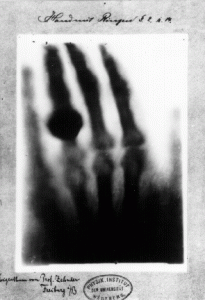
In addition, he donated his Nobel Prize earnings to his university, Wuerzburg University in Germany. An indication of his impeccable character. He never took any patents on X-rays. He wanted the world to benefit from his work freely. Consequently, he died almost bankrupt during World War I, but his goal was achieved. The world has benefited greatly from his work.
After Roentgen’s discovery, other scientists soon followed with further exploration of the rays. The first scientists to extend Roentgen’s work were Sir William Henry Bragg and William Lawrence Bragg. They are a father and son who earned the Nobel Prize in Physics in 1915 together specifically, “for their services in the analysis of crystal structure by means of X-rays” soon to be known as Crystallography, the basis for analytic chemistry. “The diffraction of X-rays by crystals,” written in 1922 by William Henry Bragg, describes their beginning work. Credited with the creation of Bragg’s Law, learning the atomic structures of viruses, proteins, gemstones, and more has been possible.
Many scientific fields were developed from Roentgen’s discovery of the X-ray. Major names of the time, such as Albert Einstein, who established matter and energy to be equal in 1903, were contenders in the study of unseen forces associated with Roentgen’s work as well. Considering the most evocative pioneering scientists, perhaps the most influential one was Marie Curie.
Intently studying Roentgen’s work, Marie Curie took an interest in uranium, the weaker ray, also called Becquerel rays. Studying its compounds, she eventually identified that the electrical effects of uranium rays are constant, which led to a monumental shift in the understanding of the structure of the atom, which led to the development of radioactivity. With this information, she determined radiation is a powerful tool with a wide range of potential applications, including diagnostic and therapeutic procedures. Her continued work with her discovery of radium not only earned her a second Nobel Prize, but today we have vast benefits from her discoveries, including nuclear energy and radiotherapy (RT), a treatment for cancer.
Vesta Teleradiology
We truly applaud and honor these individuals for their immense contributions. As a teleradiology service provider, we understand that delivering accurate interpretations along with stellar support is how we can continue to contribute to the overall mission of helping others, ultimately the healthcare provider and their patients.
